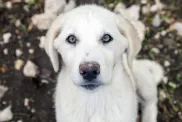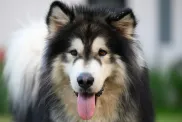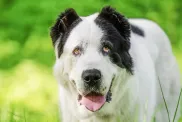Working dogs were bred to perform a variety of tasks, from guarding people, property, and livestock to pulling carts or sleds. They are strong, smart, and fearless, and can be fun-loving or serious.
Because of their size and strength, they require a structured home life and firm, fair, and consistent training. This training should be provided by someone who can provide leadership without resorting to anger or physical force.
With a couple of exceptions, such as the Alaskan Malamute and Siberian Husky, working dogs are protective. This protectiveness can become a problem if they do not have lots of positive human interaction and the right training.
Some have smooth, easy-care coats, but many of them are Nordic or mountain breeds with lots of thick fur. Most of these dogs are moderately to highly active.
Jobs of Working Dogs
- Detection dogs: Trained to detect specific substances, such as drugs, explosives, or even people. Law enforcement, the military, and other organizations often use working dogs.
- Search and rescue dogs: Trained to find missing people or objects. Working dogs use their skills in disaster relief efforts and other situations where people are in danger.
- Herding dogs: Trained to help control livestock. Farmers and ranchers often use working dogs to keep their animals safe and secure.
- Guide dogs: Trained to help people who are blind or visually impaired. They provide their owners with companionship and assistance, and they help them to navigate their surroundings safely.
Working dogs are amazing animals, and they play a vital role in our society. They are loyal, hardworking, and dedicated, and they make a real difference in the lives of the people they serve.
























